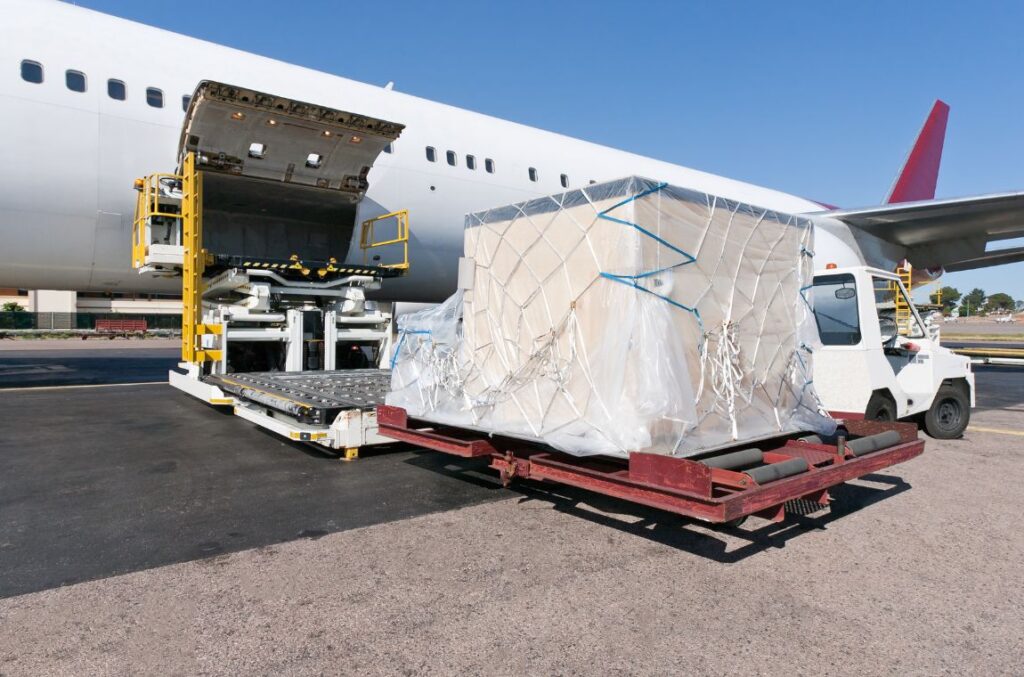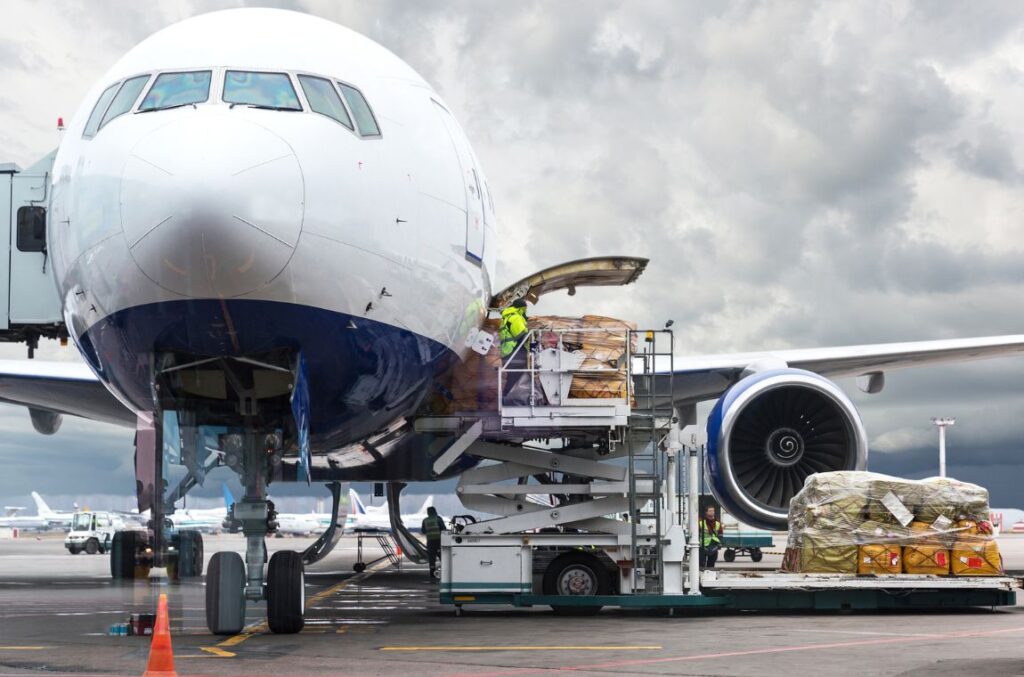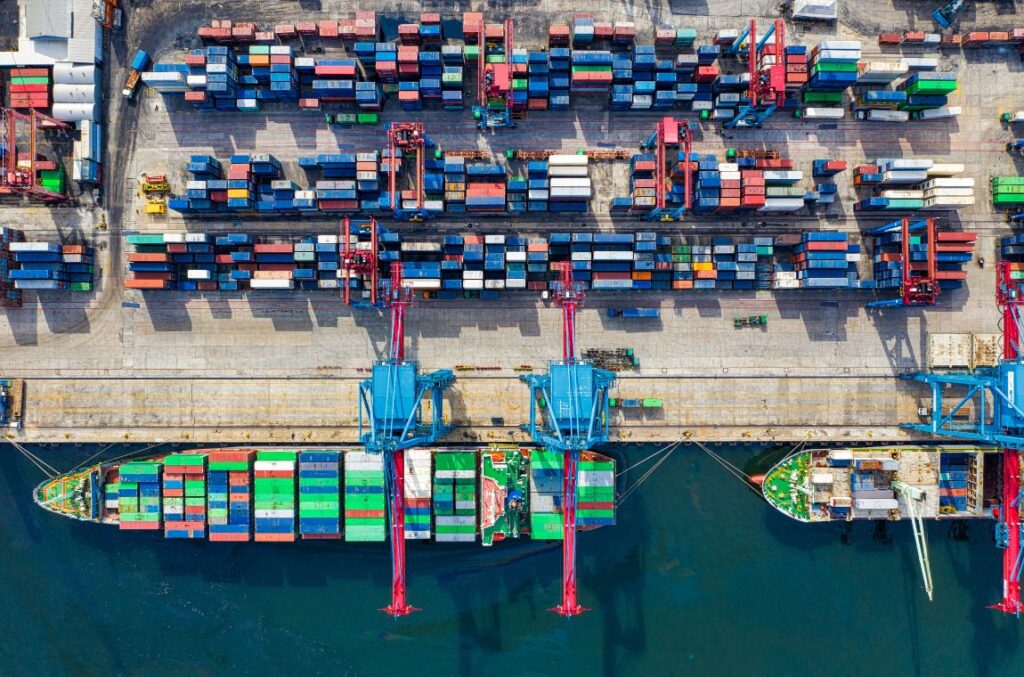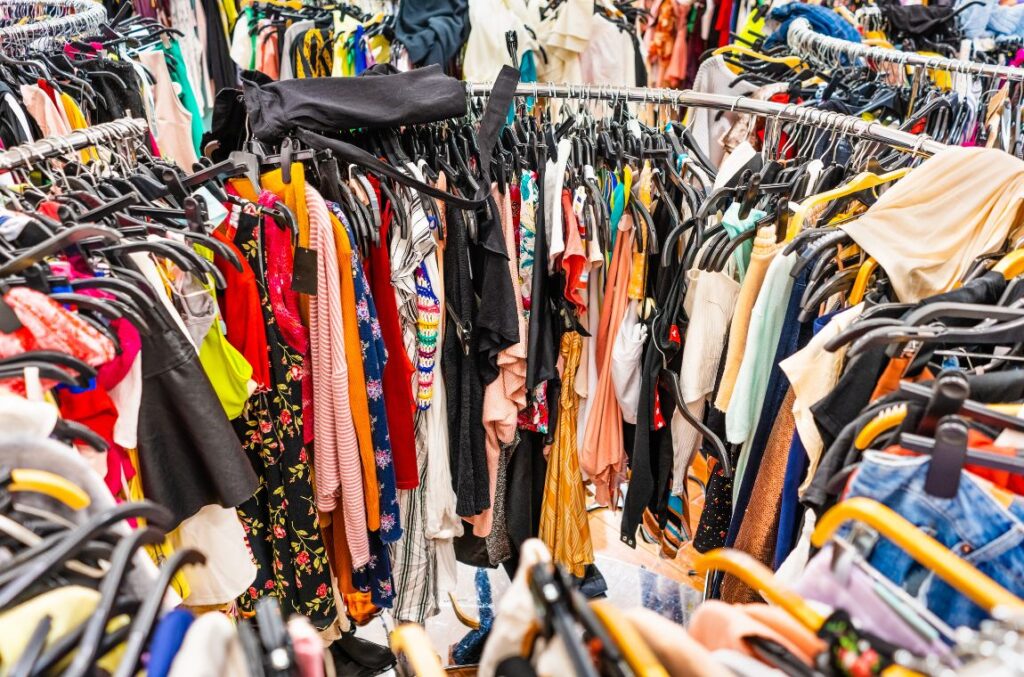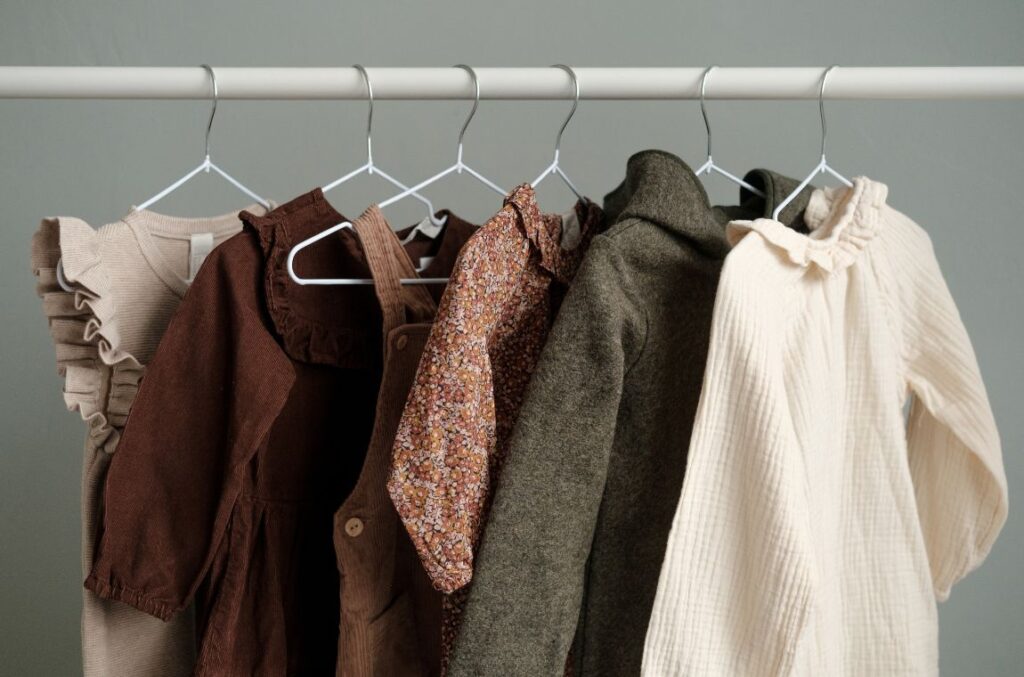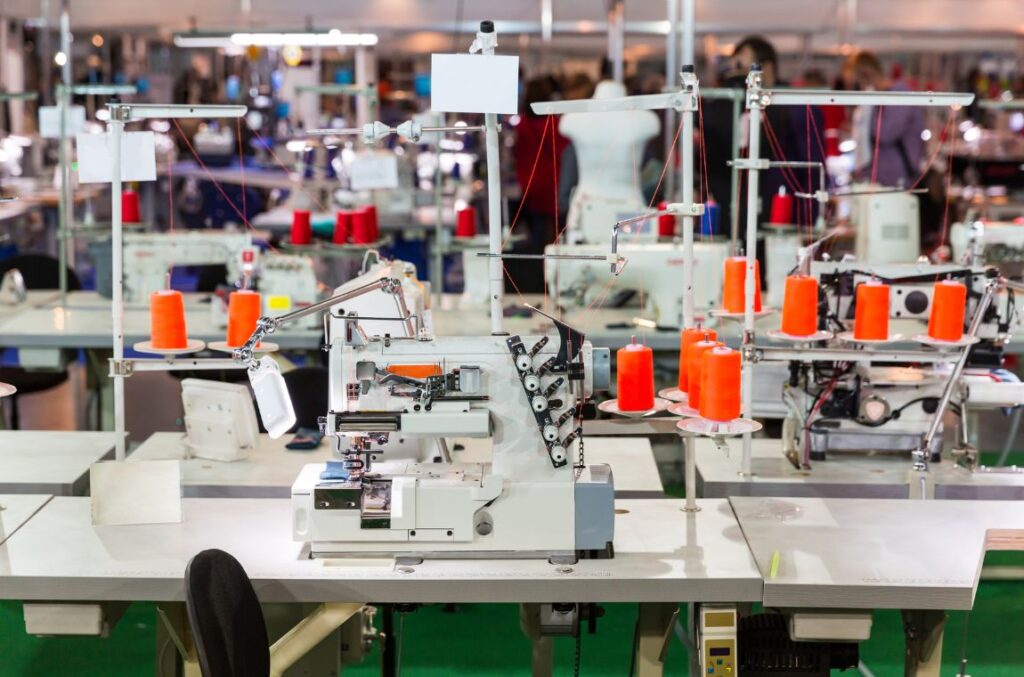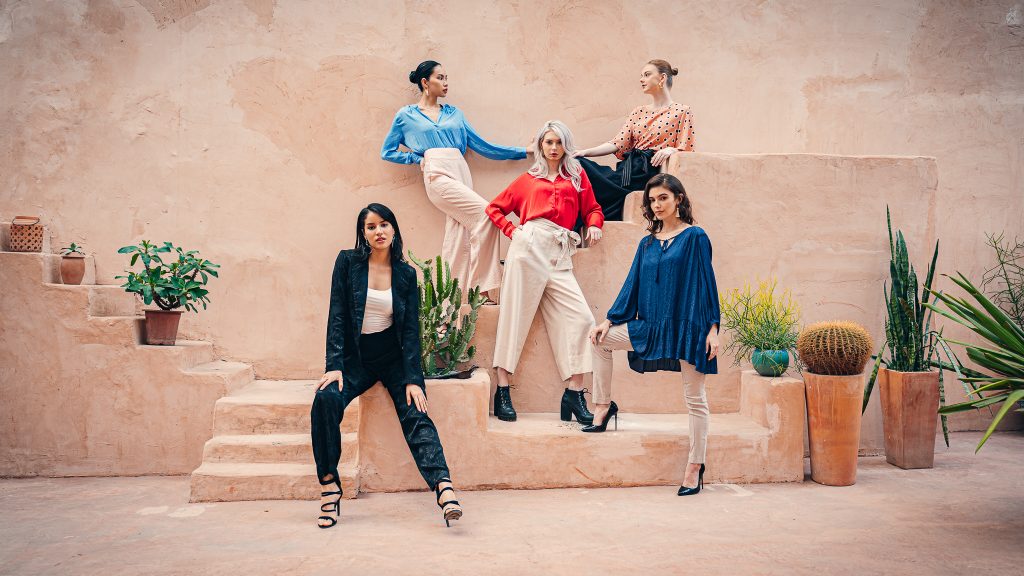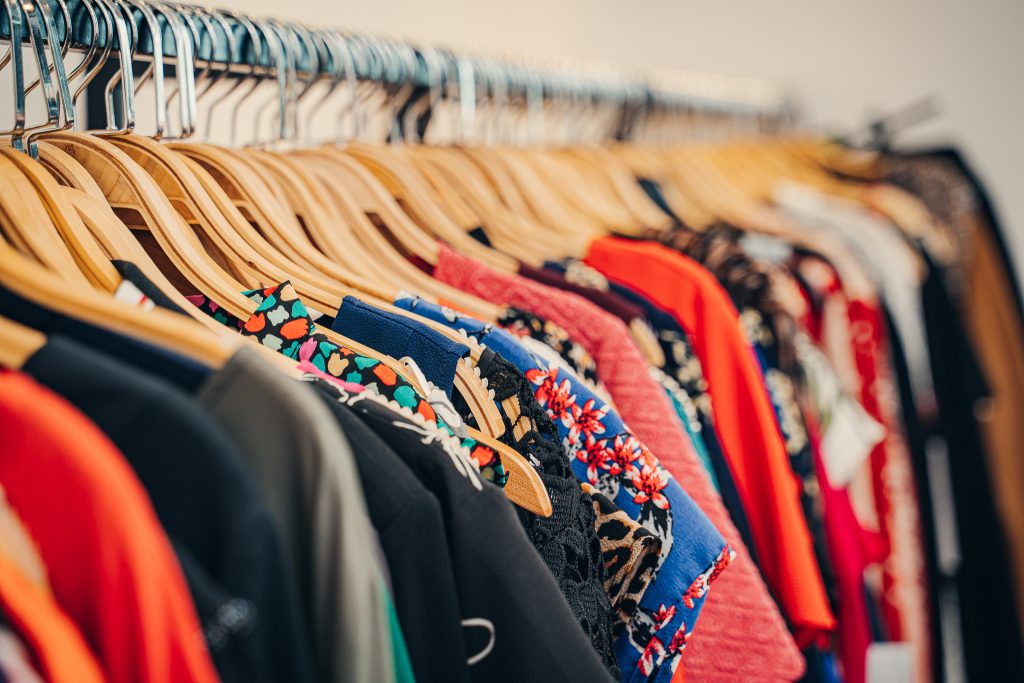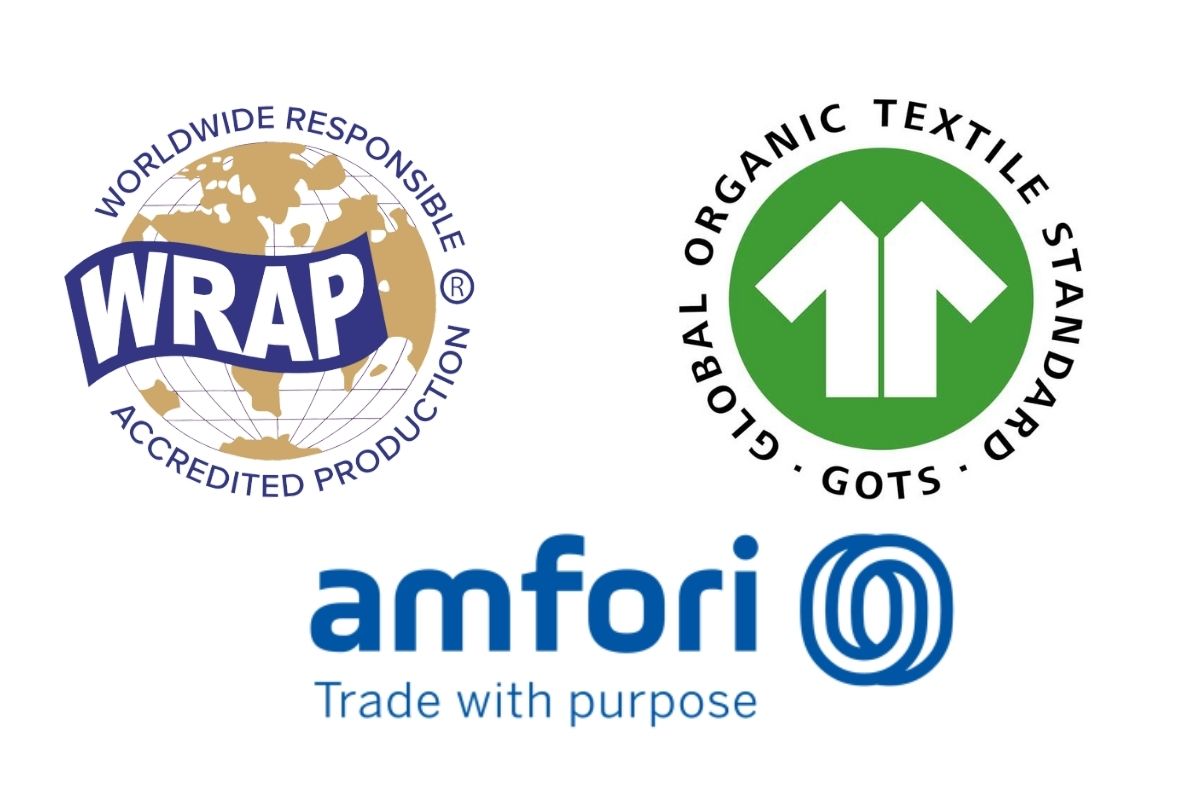Fabric testing standards play a crucial role in ensuring that every garment meets the quality, durability, and performance expectations of today’s consumers. From fiber selection to finished apparel, standardized testing helps manufacturers control consistency, reduce risk, and comply with global market requirements. As consumer demands and regulatory expectations continue to rise, reliable fabric testing becomes essential for building trust and protecting brand reputation.
In this guideline, you will discover everything you need to know about fabric testing standards and how they protect your product quality.
Fabric Quality Standards
Quality supporting elements in fabric testing standards provide structured methods for evaluating textile performance, appearance, and safety. These standards focus on key areas such as textile construction, colorfastness, dimensional stability, strength, and physical performance.
ISO (International Organization for Standardization)
ISO standards are globally recognized and widely used across textile manufacturing countries. They focus on harmonizing testing methods to ensure consistency and comparability in fabric performance, particularly for colorfastness, conditioning, and dimensional stability.
- ISO 105 applies to colorfastness testing. It evaluates how knitted fabrics resist color change or staining when exposed to washing, rubbing, perspiration, light, or other environmental factors. Its primary purpose is to ensure color durability and appearance retention.
- ISO 139 defines standard atmospheric conditions for textile testing. It applies to all physical and mechanical tests in the knitting industry, ensuring fabrics are conditioned under controlled humidity and temperature for accurate and repeatable results.
- ISO 6330 focuses on domestic washing and drying procedures. It evaluates dimensional stability, shrinkage, and appearance changes in knitted fabrics after laundering, helping manufacturers predict real-life garment performance.
AATCC (American Association of Textile Chemists and Colorists)
AATCC standards are commonly used in North American markets and emphasize color performance, fabric durability, and consumer-use simulation. They are especially relevant for apparel brands exporting to the United States.
- AATCC 61 tests colorfastness to laundering using accelerated washing methods. It applies to dyed or printed knitted fabrics and helps assess how well colors withstand repeated washing over time.
- AATCC 135 evaluates the dimensional changes of fabrics after home laundering. In the knitting industry, it is used to measure shrinkage, growth, and distortion, ensuring garments maintain fit and shape after washing.
- AATCC 16 measures colorfastness to light exposure. It determines how knitted fabrics respond to artificial or natural light, helping prevent fading in garments worn or displayed under strong lighting conditions.
ASTM (American Society for Testing and Materials)
ASTM standards focus on the physical performance and mechanical properties of textiles. They are widely used to evaluate fabric strength and construction integrity.
- ASTM D1686 applies to seam strength testing. It evaluates how well seams in knitted garments withstand stress, helping ensure durability during wear and movement
- ASTM D5034 measures breaking strength and elongation of fabrics. It assesses tensile performance in knitted textiles, ensuring fabrics can withstand pulling forces without failure
- ASTM D737 evaluates air permeability. It measures how easily air passes through knitted fabrics, supporting comfort, breathability, and performance requirements in apparel design.
What is the fabric testing standard?
Fabric testing standards are internationally recognized methods used to evaluate how fabrics perform under different conditions, including washing, wear, strength, and color exposure. They define uniform procedures and benchmarks for measuring fabric quality and performance.
These standards ensure consistent, reliable results across suppliers and production countries, helping brands maintain quality control, reduce defects, and meet global compliance requirements.
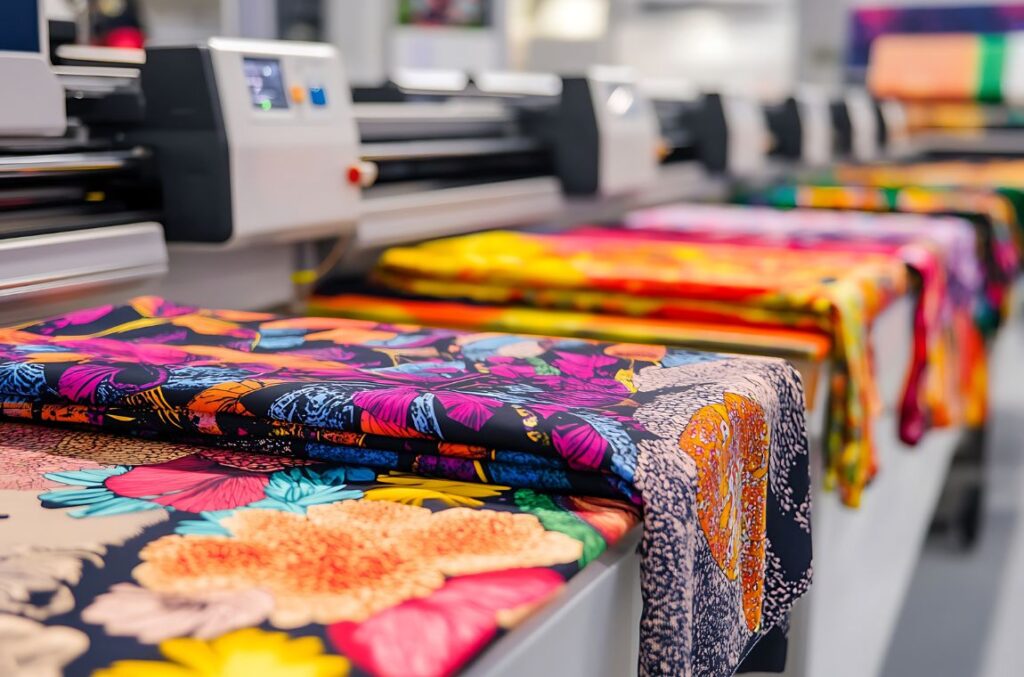
Why fabric testing standards matter
Fabric testing standards are essential for ensuring that every material used in apparel performs reliably throughout its entire life cycle. By evaluating fabrics under controlled conditions, these standards help verify resistance to shrinkage, fading, tearing, and other common quality issues that often lead to customer dissatisfaction and returns.
For fashion brands, consistent testing reduces production risks, improves product durability, and supports smoother development and sourcing processes. Ultimately, fabric testing standards protect brand reputation while ensuring garments meet performance expectations from design to retail.
What often goes wrong in fabric testing
Fabric testing errors often occur when standardized procedures are not followed consistently, leading to inaccurate results and costly quality issues. Small deviations in preparation or testing conditions can significantly affect performance data, especially in knitted and apparel fabrics. When these mistakes go unnoticed, they increase the risk of production defects, failed inspections, and customer complaints.
Common fabric testing mistakes include:
- Not conditioning fabrics under ISO 139 before testing, which ensures samples reach moisture equilibrium
- Using incorrect washing procedures under ISO 6330 or AATCC 135
- Misapplying colorfastness tests that do not match the fabric’s intended end use
- Cutting test samples against the grain affects the strength and elongation results
- Ignoring deviations in laboratory temperature and humidity

How Capital World Group ensures consistent quality and reliability in every garment
Consistent fabric testing and quality control are central to Capital World Group’s manufacturing approach. By integrating international testing standards into every stage of production, the company ensures garments meet performance, durability, and compliance expectations across global markets.
Why customers choose Capital World Group:
- Recognized quality and sustainability credentials, including ISO 9001, Higg FEM, amfori BSCI, SLCP, and access to RCS, BCI, and FSC-ready fabrics
- Full-package manufacturing solutions covering design support, sampling, sourcing, production, and logistics
- Advanced in-house technical expertise ensuring accurate fit, construction quality, and production consistency
- Specialized product expertise in high-quality knit and woven womenswear, such as tops, dresses, skirts, pants, shorts, and jumpsuits
Collaborate with Capital World Group for expertly made, competitively priced womenswear that meets global standards.


